Bright smiles, funny faces, goofy laughs - clowns, in many forms, have been a source of entertainment for centuries. So when did they get so spooky?
Cinematic clowns have a reputation for being scary, and might just leave you with a touch of coulrophobia, the fear of clowns.
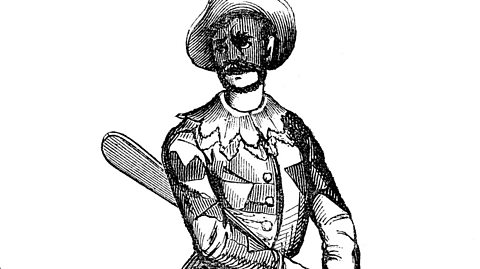
Clowns through the ages
Clowns have existed way before the silver screen, or even the circus. Royal entertainers have been referenced in ancient Egypt, Greece, Rome and China, though the word ‘clown’ did not come into use until the 16th century.
Around this time in Italy, Commedia dell’arte (an early form of professional theatre which laid the foundations for the British pantomime) gave the Harlequin archetype to the world. Harlequin - or Arlecchino - was a witty and wily servant character dressed in colourful diamond patches (yes - the pattern is named after him). The actor playing the Harlequin was often an acrobat or magician, performing stunts and slapstick.
In the 1800s, English performer Joseph Grimaldi made the clown role more central in the theatre. Grimaldi was responsible for the pantomime tradition of audience participation and was a master of physical comedy. Clowns known as ‘Joeys’ - with the brightly-coloured face paint we know today - were affectionately named after Grimaldi’s clown character.

The resemblance truly is uncanny
So just what is it about clowns that makes people hide under their seats? Phobia specialist Adam Cox shares a few theories about why we might find them scary.
“Firstly, they are unnatural,” he says. “We know they are human, but they don’t look like normal humans. The face paint hides their facial expressions so we can’t read their emotions.”
This is a psychological experience known as ‘the uncanny’, where something is familiar, but strange enough to become unsettling.
And it is the unnatural and exaggerated movement of clowns which also contributes to this. “People build rapport based on similarity,” Adam explains.
“Clowns are by definition very different, so this creates a barrier against connection.”
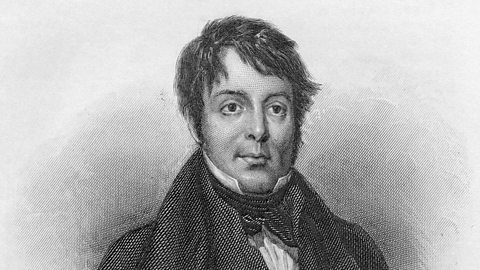
From Grimaldi to… just grim
The unhappy clown certainly isn’t new. After Grimaldi’s death in 1837, clowns became more of a tragic figure. The 1893 Italian opera Pagliacci (Clowns) had a darker take on Commedia dell’arte, where the clown Canio murders his wife after finding out she is in love with the Harlequin character.
European circus clowns later reached the US, where the ‘hobo clown’ was popularised by circus performer Emmett Kelly and his character Weary Willie following the economic depression in the 1930s. In came the red nose and tattered clothes, painting a portrait of the clown down on his luck.
It wasn’t until the 1960s that clowns became associated with childhood entertainment. Ronald McDonald put on a happy face for the global burger chain’s Happy Meals. Polka-dotted clowns squirting water and fashioning balloon animals became a staple of children’s parties, and the modern clown became associated with childish comedy rather than theatre.
In 1986, Stephen King wrote the book IT, and it was adapted into a TV mini-series in 1990 starring Tim Curry as Pennywise. Pennywise popped up in places that should be safe, such as a back garden or a library in broad daylight, terrorising the children of Derry, Maine (as well as many adults who read the book!).
Adam thinks that the modern trigger for coulrophobia might have something to do with IT, and the remake is proving that Pennywise is still scaring us today:
“This depiction created the modern archetype of the Killer Clown,” he says. “I certainly saw an increase in clients for coulrophobia in 2018 after the first part of IT was released.”

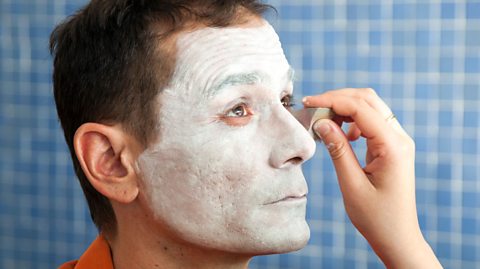
Don't paint clowns with the same sponge
Disliking something is not the same as having a phobia. Pennywise could make you jump at the cinema, for example, but a phobia of clowns might cause intense fear and distress at just the sight of one. According to the NHS, phobias might not have one specific cause, but are often acquired in childhood.
“Most phobias are created when there is a sensitising event,” Adam explains.
“A child seeing a stranger dressed up in a strange costume with unknown motives is the likely trigger for the phobia in most people.”
But a phobia can also be learned from another place - e.g. from our parents, siblings or from media portrayals, which might be the case with clowns nowadays.
“Culturally, there is a general feeling that clowns are creepy, which creates the association of them being something for fear,” Adam adds.
“The human brain is very good at pattern recognition and generalisation - so once you have an association that clowns are evil or sinister, that association can stick and apply to all clowns.”

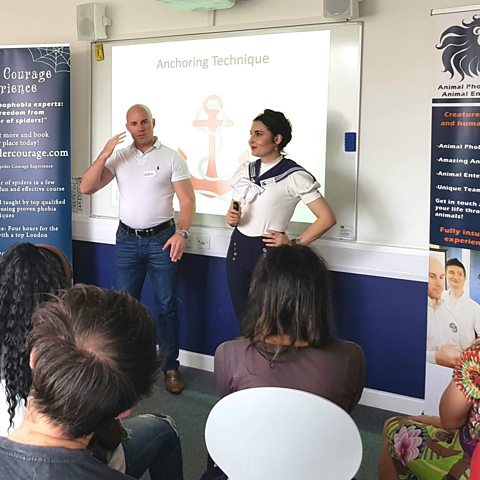
Never fear! Phobias can be treated
While phobias are not formally diagnosed, most phobias can be successfully treated and cured. It is best to go to your GP if you have a phobia which you feel interferes with your day-to-day life. They might recommend a combination of psychotherapies such as Cognitive Behavioural Therapy (CBT), which aims to change patterns of negative thoughts and behaviours.
Adam shares a tip for phobics (people with phobias) who have a fear of clowns specifically:
“The key is to acknowledge that there is a real person behind the mask - and they often they are very shy,” he said.
“Most people that want to be clowns genuinely want to make people laugh and smile, but don’t feel they can do it as themselves. The clown costume gives them a persona in which they can be more extroverted.”
Attending a clowning workshop where you watch a person become their clown persona might be an example of a way to unlearn fear associated with clowns.
“Once the phobic connects with the shy and vulnerable person behind the clown costume, then they might feel sorry for the person rather than fear," Adam adds.
But he also reminds us that context is important: “Obviously, this doesn’t apply to those that feature in killer clown videos, as their motive is to create shock or fear as a result of their costume.”
Depending on the type of phobia, avoidance of or exposure to the thing you’re scared of might make the phobia worse - so it is always best to consult a GP, as they can recommend the best path to take to treat it.

Years of fears: How horror films keep us on the hook
We look at how horror films have changed to keep us screaming.

Eight 80s coming-of-age movies
From The Goonies to Stand By Me, we look at what 80s movies can teach us about life.
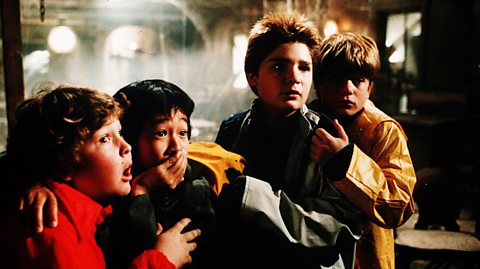
Five phobias you didn’t know existed
You may have heard of arachnophobia and claustrophobia, but have you heard of these?
